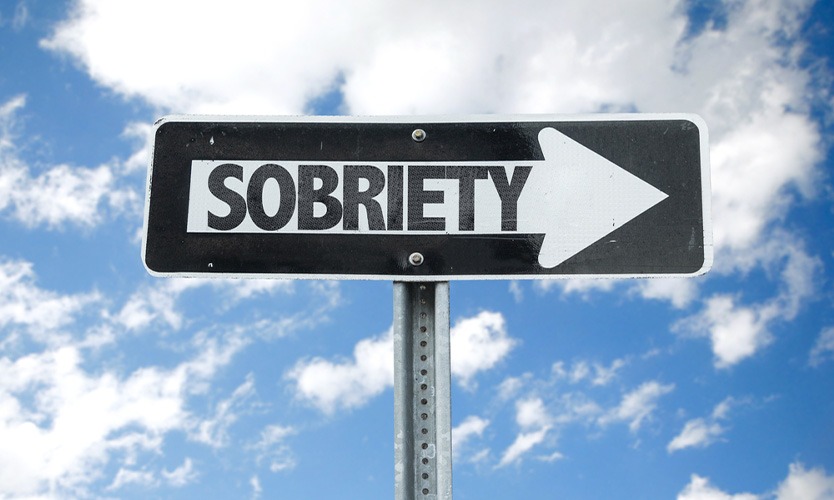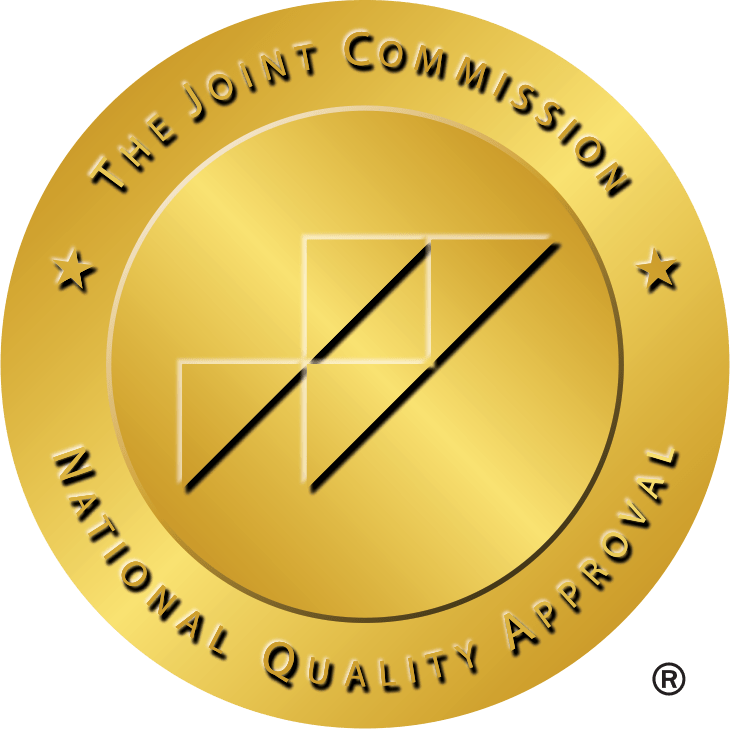Get in tune with your mental health and spread awareness by learning about the link between mental health and substance use and how it impacts you, your friends, loved ones, and the community.
If you’re an overall healthy person, you may wonder why people even try drugs in the first place. After all, since childhood, most of us have been told drugs are bad and to “just say no”.
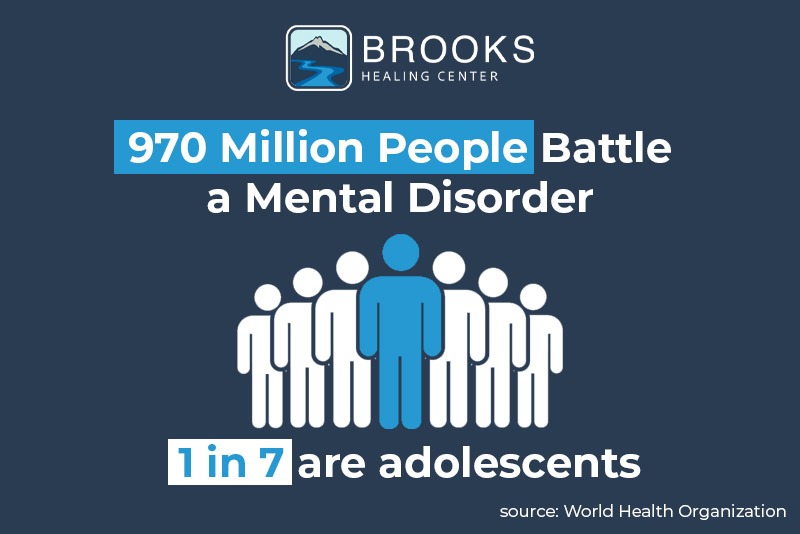
While this method had good intentions, most of it focused on resisting peer pressure or face punishment if you get caught. Addiction is more than a delinquent behavior. Oftentimes, it’s a result of trying to cope with an undiagnosed mental illness. Sickness needs to be treated, not punished.
According to the World Health Organization (WHO), 970 million people worldwide are battling some sort of mental disorder[1]. 1 in 7 are adolescents [2], an age group infamous for rebellion, finding themselves, and seeking new experiences.
These statistics are important, so remember them as you keep reading. Before we answer the question of why people start heavily using and what that has to do with mental wellness, we first must explain how your mind works.
The Brain: The Real First Computer
The human brain is a complex yet fascinating machine, and it controls every aspect of the body. It contains a series of systems with important roles, such as managing emotions, coping mechanisms, and keeping you alive in dangerous situations.
We will go over three particular areas today, and how drugs impede them from working properly.
Limbic System: The Reward Center
The limbic system controls many parts of your life, but is probably most known for releasing dopamine or “the pleasure hormone”.
Whenever you do something you enjoy, such as eating chocolate, intimacy, or snuggling with a pet, the brain then releases a small “hit” of dopamine that makes you feel good.
When drugs or alcohol are consumed, it gives the reward circuit a higher hit of dopamine than a natural response would produce, which may feel amazing at first. If you keep doing this, the body gets used to higher doses of dopamine and eventually registers it as a normal[3].

Rather than feeling good from this heightened reward, an addict develops a “need” for the substance just to feel okay. The brain would need even more of it just to trigger any sense of pleasure. Can you see how that can easily become a problem?
While addiction harms the entire reward system, it’s especially detrimental to specific sections of the limbic system. Once you read more about them, you’ll see why it causes people to behave differently under the influence.
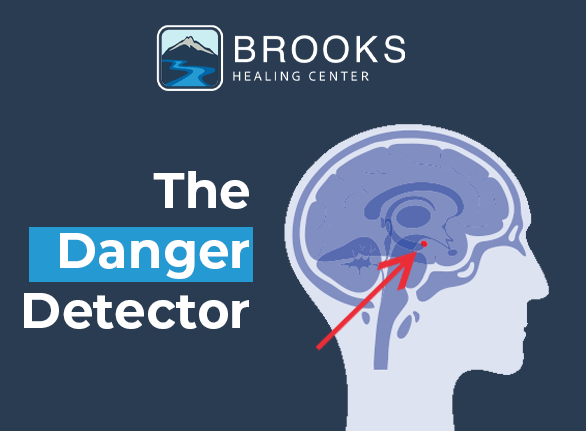
Amygdala: The Danger Detector
Even though humans have become more civilized, we’re still hardwired with primitive survival instincts. Maybe even more surprising, this deeply ingrained behavior is controlled by a miniscule part of the limbic system called the amygdala.
Imagine you’re driving on your usual route home from work, when the car in front of you suddenly slams the brakes. You act quickly and also slam your brakes. This is triggered by an acute stress response, more commonly called the fight, flight, freeze, or fawn response [4].
In this scenario, the body automatically chose “flight” to escape a rear-end collision.
Other amygdala functions include controlling your emotions and creating memories. So, the next time you drive on that same road where you almost crashed, the memory of the event may make you feel tense even if there are no other cars around for miles.
While it may be irrational when there’s no visible threat, this brain function helped humans survive this long. When drugs or alcohol enter the system, this can cause your amygdala to have a delayed reaction to potential threats, such as losing control of your vehicle.
All it takes is a one-second delay in reaction time can have fatal consequences. It’s not worth the risk of putting yourself and other people in danger.
In the cases where the fear is irrational, there’s another important part of the brain that -in a sense- combats fear responses with a more practical thought process.
Prefrontal Cortex: The Voice of Reason
This part of the brain controls your thought process, problem solving skills, manages your self-control, and helps bring you back to reality [3].
Say you have a job interview for your dream job in a couple of days.
You plan ahead of time by looking over some commonly asked questions for this position, print out a copy of your resume, and pick out your best outfit. Planning ahead for something you anticipate, like an interview, is just one function of the prefrontal cortex.
The big day comes, and you’re on your way to the interview. You may feel nervous or even afraid, thanks to the ol’ amygdala reminding you of the potential threat of rejection.
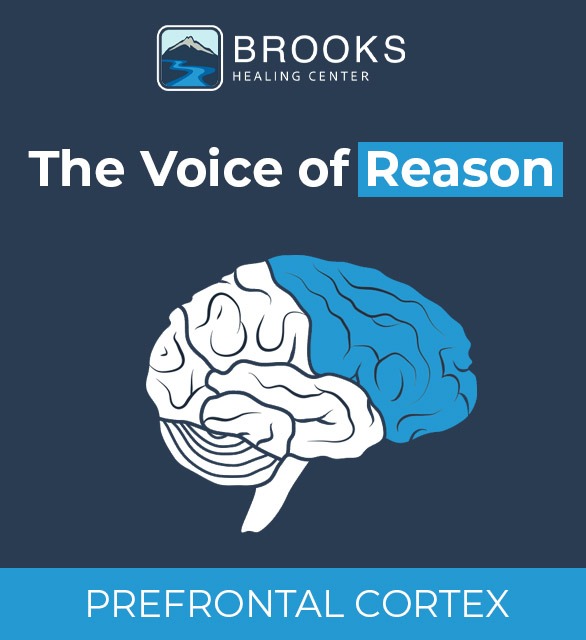
You could theoretically turn around, go home, and no show. You’d avoid the in-person discomfort of possible rejection, but that would also guarantee you don’t get the job. This is an example of reasoning, also operated by the prefrontal cortex.
The prefrontal cortex develops slower than the rest of the brain, fully mature around age 25, though some studies argue it could take even longer.
Regardless, that’s still quite a while from adolescence, which is a very confusing point in life where reasoning skills and impulse control would be beneficial.
Introducing mind-altering substances at a young age can slow or even harm a developing brain. Impulsive behavior, emotional outbursts, and lack of coordination are just a few consequences of drug or alcohol misuse and the side effects on the prefrontal cortex.
What Does Any of this Have to Do with Mental Wellness?
Out of the millions of people across the globe with a mental disorder, about 1 in 4 also have a Substance Use Disorder [6]. Addiction usually starts before the brain has even reached its prime, which would be teens and young adults.
It’s much easier to prevent starting substance use than it is to treat it, especially if it was used as a coping mechanism.
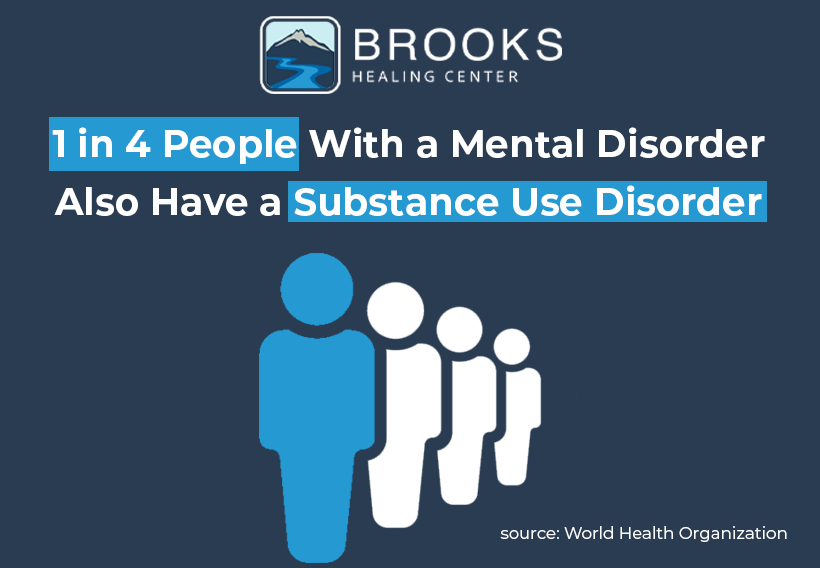
85% of recovered addicts relapse within the first year of attending rehab.
That being said, drug rehab still plays a huge part of the recovery journey, but detox alone doesn’t mean you’re cured. Using a dual-diagnosis approach combines detox and individualized therapy to address any mental illness or trauma you may have.
While detoxing, you can expect side effects such as irritability from the lack of reward hormones or higher levels of anxiety as your fear-response comes back. This can be a very overwhelming step, which is why having the right people in your corner is so important.
How to Keep Your Mental Wellness in Check
How to Keep Your Mental Wellness in Check

Sources:
- https://www.who.int/news-room/fact-sheets/detail/mental-disorders
- https://www.who.int/news-room/fact-sheets/detail/adolescent-mental-health
- https://nida.nih.gov/publications/drugs-brains-behavior-science-addiction/drugs-brain
- https://www.simplypsychology.org/fight-flight-freeze-fawn.html
- https://apps.who.int/iris/bitstream/handle/10665/337001/9789240014886-eng.pdf
- https://www.mentalhealth.gov/what-to-look-for/mental-health-substance-use-disorders

